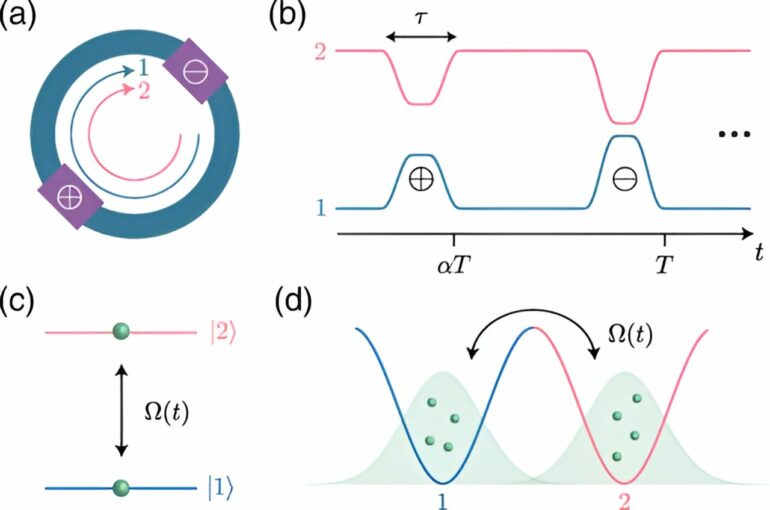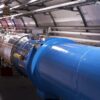Writing in PRX Quantum, Nathan Goldman and Lucila Peralta Gavensky (Science Faculty, ULB) and their colleagues introduce a general framework for modifying and controlling the nature of nonlinearities in a broad class of physical systems, including optical devices and quantum atomic gases.
Nature dictates how particles interact with one another. In a metal, for instance, electrons interact through Coulomb repulsion, as established by the electromagnetic forces acting between two negative charges. However, under special circumstances, the nature of interactions can be modified: in certain materials, electrons can effectively attract each other and form Cooper pairs, hence giving rise to superconductivity.
Similarly, in optics, effective photon-photon interactions can be induced by the medium through which light propagates. These so-called “optical nonlinearities” are at the core of numerous technologies that have revolutionized optical devices. Altogether, the modification of inter-particle interactions and nonlinearities can lead to fundamentally new phases of matter and concrete technological applications.
The authors introduce a general framework for modifying and controlling the nature of nonlinearities in a broad class of physical systems, including optical devices and quantum atomic gases. It is based on the concept of Floquet engineering, a strategy developed in atomic and solid-state physics, which consists of subjecting a system of interest to a time-periodic modulation in view of designing its properties at will.
Using a quantum theoretical approach, they show how a proper pulse sequence can generate new interaction processes between particles, ultimately giving rise to exotic and highly controllable nonlinearities. The authors then extend this strategy to synthetic lattice systems and demonstrate how such drive-induced interaction processes can stabilize newly ordered phases of matter through the spontaneous emergence of magnetic fluxes.
The general approach provided in this work opens a route for the engineering of unconventional optical nonlinearities in photonic devices and controllable drive-induced interactions in ultracold quantum matter.
More information:
N. Goldman et al, Floquet-Engineered Nonlinearities and Controllable Pair-Hopping Processes: From Optical Kerr Cavities to Correlated Quantum Matter, PRX Quantum (2023). DOI: 10.1103/PRXQuantum.4.040327
Provided by
Université libre de Bruxelles
Citation:
Transcending nonlinear media by shaking: A framework for controlling the nature of nonlinearities (2023, November 21)



